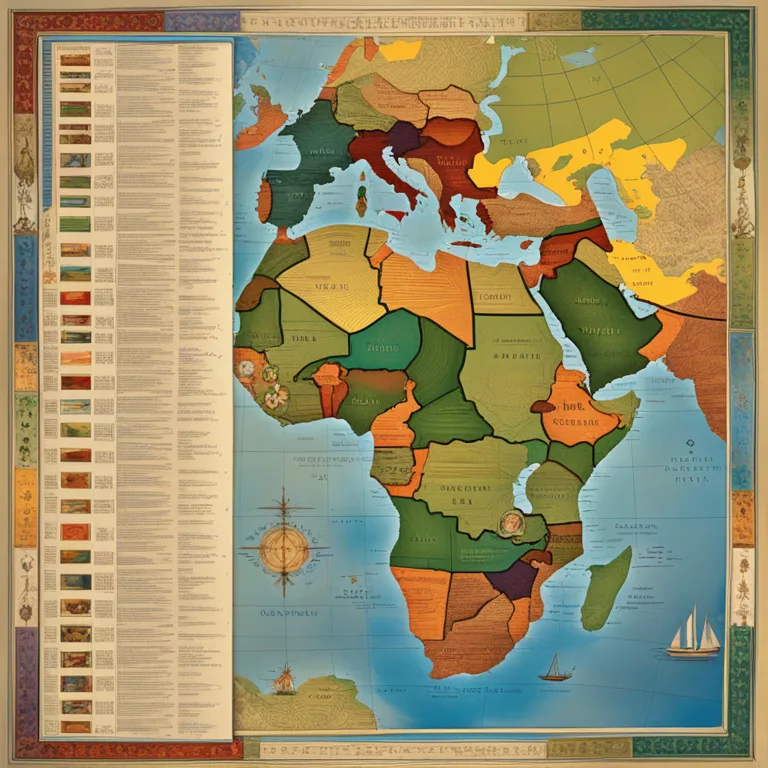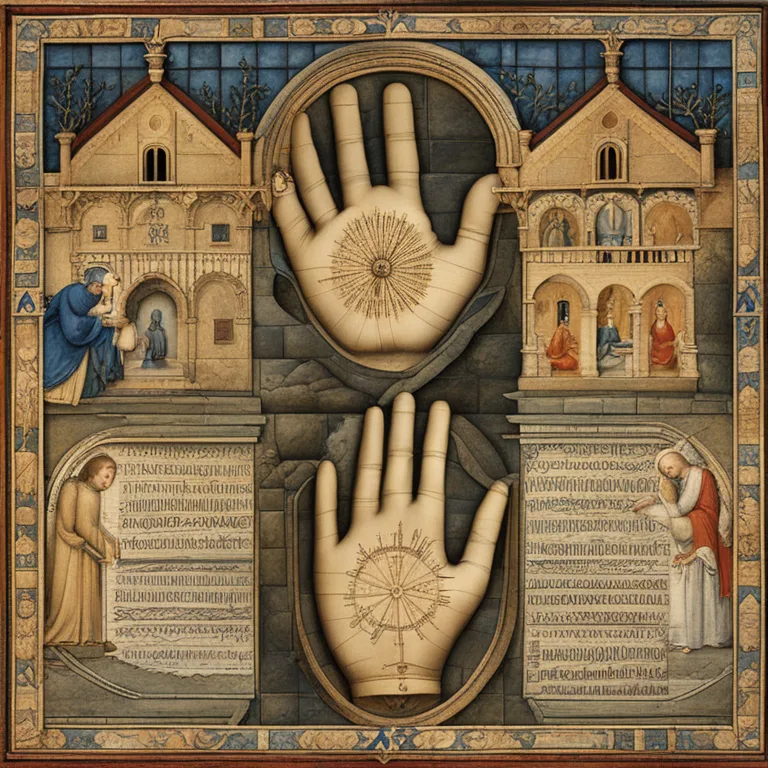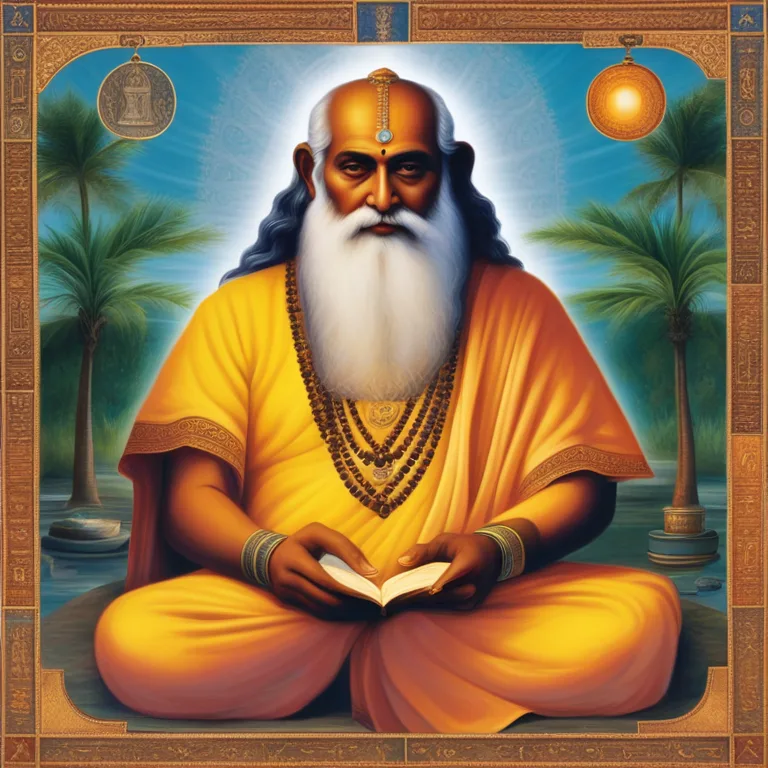
The Origins of Palmistry: A Historical Insight
An exploration into the roots of palmistry, charting its journey from ancient practices to contemporary understanding.
article by Nora Pennington
The Dawn of Palmistry: Ancient Beginnings
Long before palmistry became the subject of fascination it is today, it took root in various ancient cultures. This practice, also known as chiromancy, can be traced back thousands of years. It is believed to have originated in India, stemming from Hindu astrology and first written about in the Vedas, the earliest sacred texts of India. From there, the art spread across the Eurasian landmass to China, Tibet, Persia, Egypt, and Greece, where it was shaped by the philosophies and observations of each culture.

Traveling Knowledge: Palmistry's Global Journey
The widespread appeal of palmistry can be attributed to the insights it offered into an individual's character and destiny. As the practice traveled, it was adopted by famed scholars. Alexander the Great promoted its use among his officers to assert the personality traits and potential loyalty of his soldiers. The Greeks, with their rich tradition in mythology and philosophy, embraced palmistry through the works of Aristotle, who penned a treatise on the subject, detailing the supposed correlations between the lines of the hand and a person's psyche.

Medieval Resurgence: A Renaissance of Hands
While interest in palmistry declined during the early Middle Ages in Europe due to religious opposition, it saw a resurgence during the Renaissance. Scientists and scholars of the period, such as Paracelsus and Fludd, renewed the study of palmistry, treating it as a branch of natural philosophy. Palmistry’s growth was further aided by the publication of various key texts, which elevated its practice from folklore and the occult to a more systematic discipline.

The Practice Evolves: Modern Developments in Palmistry
In the modern era, palmistry continued to evolve. The late 19th and early 20th centuries marked a period of high interest in occult and spiritualist studies in Europe and America, which included palmistry. Pioneers like Cheiro, born William John Warner, brought fame to palmistry, providing readings to influential figures of his time. Despite skepticism from scientific communities, palmistry's popular appeal has endured, largely due to its adaptability and integration with holistic practices and new age philosophies.

Contemporary Palmistry: Blending Tradition and Technology
As of 2024, palmistry remains a vibrant subject in the realms of new age thought and personal wellness. It’s been complemented by technological advancements that provide digital palm reading services, using algorithms and databases to interpret hand scans. This marriage of technology and ancient practice has introduced palmistry to younger audiences and diversified its methods, all while maintaining the allure of personal insight that has drawn people to palmistry since its ancient beginnings.
The Future of Palmistry: Adaptation and Growth
Looking ahead, the future of palmistry seems poised for further adaptation as it intertwines with evolving cultural attitudes and technological innovations. As people continue to seek self-understanding and future insights, palmistry is likely to persist as a tool for personal reflection while potentially gaining further depth through empirical research and interdisciplinary study, ensuring its place in our cultural tapestry for years to come.
Published: 1/3/2024
Modified: 1/3/2024
More predictions
Come back here soon to learn more about yourself and your future


The Lines of Learning: Palmistry's Education Marker
Discover the significance of the Education Line in palmistry and learn how it reflects one's intellectual pursuits and learning style.


A Beginner's Guide to Palmistry
Discover the essentials of palm reading in this comprehensive guide, tailored for beginners keen on understanding the mysteries of palm lines and their meanings.